The loving memory of SAYEEDA KHANAM
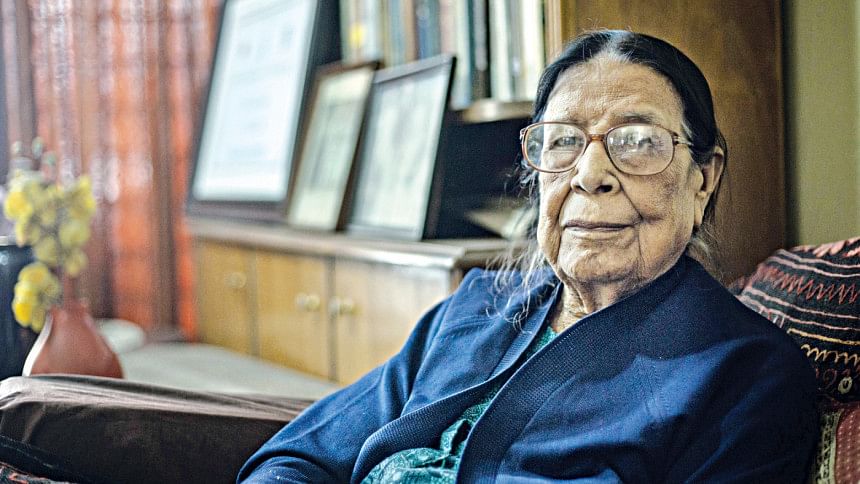
The first female photographer of Bangladesh, Sayeeda Khanam breathed her last on August 18, 2020. As a photographer, her list of accomplishments is seemingly endless. Her journey as a photographer began even before she started working for Begum. Throughout her lifetime, she has captured numerous renowned people through the lens of her camera, including Mother Teresa, Satyajit Ray, Bangabandhu Sheikh Mujibur Rahman, Queen Elizabeth II and even the first astronauts to step on the moon. She has represented Bangladesh in several international conferences, and brought home countless international awards. Besides her solo exhibitions, she has been a part of those held in France, Sweden, Japan, Pakistan, India and Cyprus. In this interview taken on February 29, she shared her thoughts and experiences as a photographer, while reminiscing about her childhood.
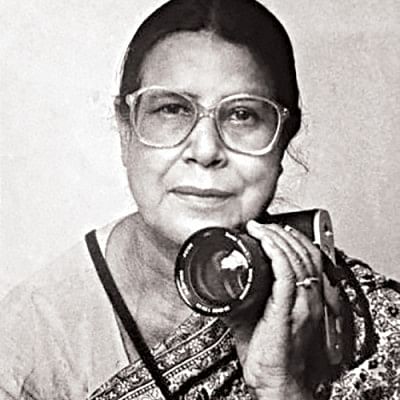
Who inspired you to become a photographer?
I was not inspired by any specific photographer. I would look at the photographs in local and foreign newspapers and try to understand how they were taken, paying special attention to the lights and shadows. Nowadays, photography has become much easier. Back then, we would have to solely rely on the sunlight. However, there was an element of excitement to that. I am lucky to have had the opportunity to meet many great people, and to have taken their pictures.
You were the first female photographer in Bangladesh. How did you pursue your passion during that time?
My family was very progressive. Otherwise, it would not have been possible. After seeing my interest in photography, my sister, Hamida Khanam (who was the founder and principal of the Home Economics College) bought me a rolleicord camera. After the Independence War, when Begum was established in Dhaka, my aunt, poet Mahmuda Khatun Siddiqua, introduced me to Mohammad Nasiruddin. He then asked me to take a few pictures for the cover and the content of Begum. I finally felt like I had found my place. Mohammad Nasiruddin was a very good man, and he constantly thought about female empowerment and progress. Following his thoughts and ideas, Nurjahan apa founded her own newspaper. We need more people like him in our society. I have only met a few men who empathize with women to such an extent. I believe that only the true idealists have realized the importance of empowering women. Women become mothers -- Without their empowerment, children cannot be fully educated either.
Tell us about your childhood.
As a child, I was physically quite weak. Because of that, I did not receive a lot of pressure, in terms of studies. When my sisters would go to school, I would leave to play with other children. My grandfather would give me one taka every day, which was a significant amount of money back then. However, I would not buy anything with it. I would walk around the neighborhood. Sometimes, I would walk by Ichamati River. There was an abandoned house there and I would try looking inside through the broken windows. After my grandfather became ill, we moved to Visakhapatnam. We had a beautiful house by the sea there. Later, we moved to Rachi, where I was first enrolled in school. I was brought up in a unique environment -- Back then, there was no hatred between Hindus and Muslims in the community. They rather helped us in times of need. In the end, humanity is in kindness and sincerity.
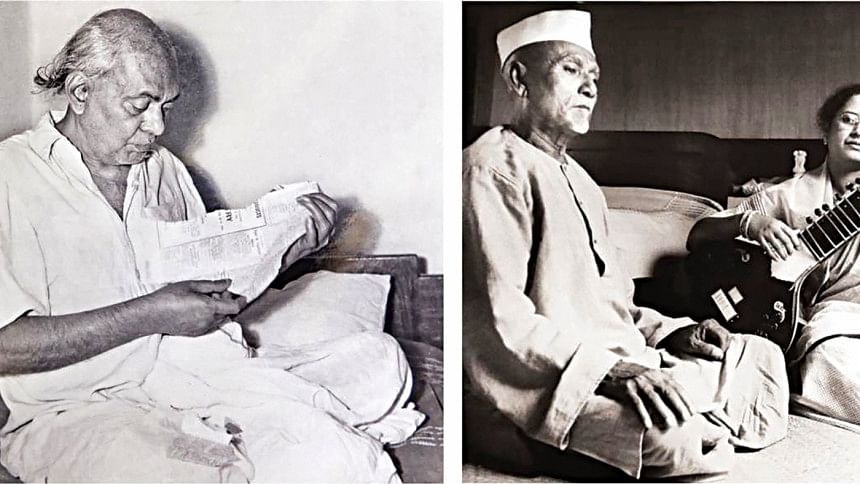
How does it feel to photograph celebrated individuals?
I truly enjoy it. The process of taking pictures helps you to become acquainted with people and build connections with them. There are countless memories that I cherish to this day. Some of the highlights would be getting the opportunity to photograph Mother Teresa and Satyajit Ray. There are also a few tragic incidents and memories, but those are also a part of the journey. For the most part, I have received support and encouragement.
Could you tell us more about your interaction with Satyajit Ray?
Back then, S M Parvez was the editor of Chitrali. I contacted him and said that I want to photograph Satyajit Ray, after which I was informed that he was a very serious-natured individual and he usually refused to talk to anyone. While this disheartened me, my friends in Kolkata praised me for my courage. So, I decided to call, whereupon I was told to go to his house in Lake Temple in the evening two days later. On the day of the meeting, I went to his house and through the crack of a door, I saw him writing. I was nervous and did not know what to do! At that moment, he called out asking who I was, and I informed him that I was there from Chitrali. Afterwards, I asked him questions regarding his new movie, and the conversation flowed from there. He had forbidden any press from his shooting site, but had given me the permission. It was such an honour!
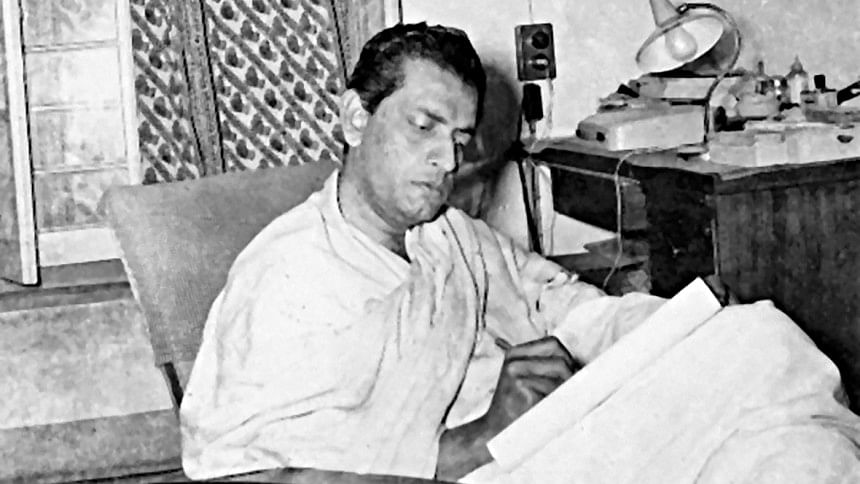
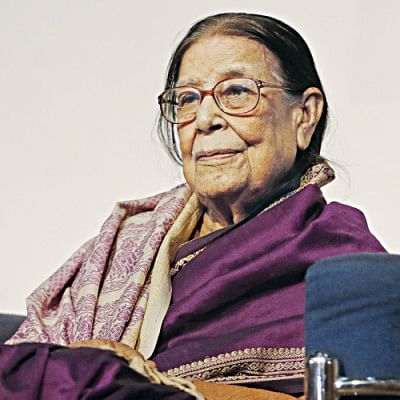
Do you still take photographs?
Photography is my passion. Now, I photograph things that catch my eye; picturesque landscapes on my travels, people immersed in their work and daily activities, and so on. I enjoy it immensely.
What are some things one should consider while taking a photograph?
You have to be careful while photographing events and conferences, since they are usually crowded. However, I have always received support from my fellow photographers. Taking portraits are quite difficult as well, as the personality of the person has to shine as brightly as the face itself. Movements and protests can also be challenging to capture, and I myself have not photographed many of those.
As an artiste, how much did winning awards inspire you?
Receiving awards is always pleasant. It provides me the confidence and inspiration to continue working. However, I think about the country alongside my own growth as well. Like my other family members, I possess a deep love for my country and wished to do something for it. Respect and recognition are appreciated, but receiving love from others is what truly matters.

 For all latest news, follow The Daily Star's Google News channel.
For all latest news, follow The Daily Star's Google News channel. 


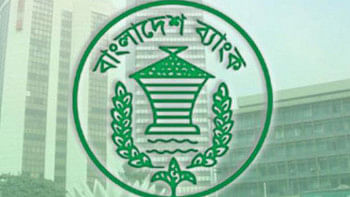
Comments